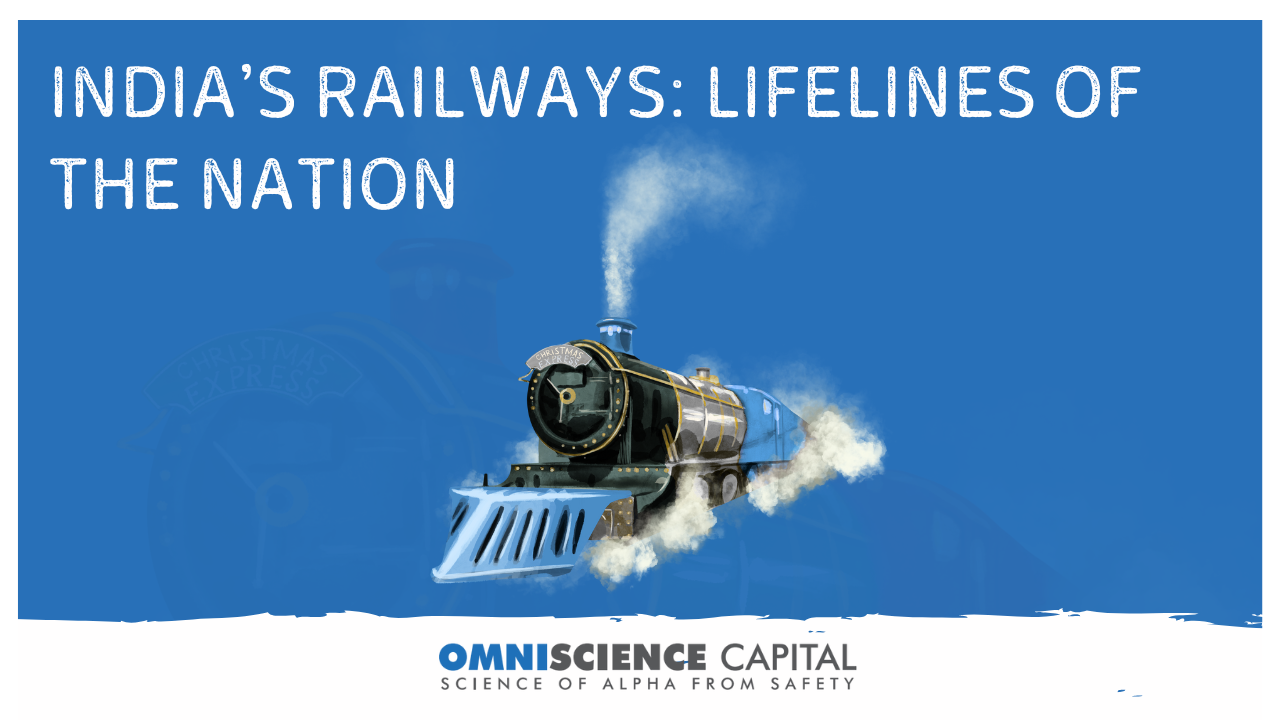Global Leader in Passenger Movement
India moves 8,086 million passengers annually — that’s more than Japan, China, Germany, France, and Russia combined. But it doesn’t stop there. When you look at passenger-kilometres transported — a better measure of how far people travel — India still leads the world with 1,050 billion kilometres annually. China follows, but the gap is real.

An Economic Artery for 1.4 Billion People
What does this mean in simple terms? India’s railway network isn’t just busy — it’s vital. It’s the economic artery connecting 1.4 billion people: daily wage workers, students, tourists, and traders. It’s the cheapest and most democratic mode of long-distance travel in the country.
Modernisation in Motion: A Macro Opportunity
Now, here’s the twist: India is investing massively in modernizing this system — faster trains, better logistics, private freight corridors, and station upgrades. This creates a powerful macro-opportunity: as productivity rises and travel becomes faster and more efficient, expect ripple effects across sectors — tourism, manufacturing, urban real estate, and even FMCG distribution.
Why Rails Still Matter Most
For the layman, remember this — if you want to understand India’s economy, don’t just track its highways or airports. Watch its railways. Because in India, economic momentum still rides the rails.

